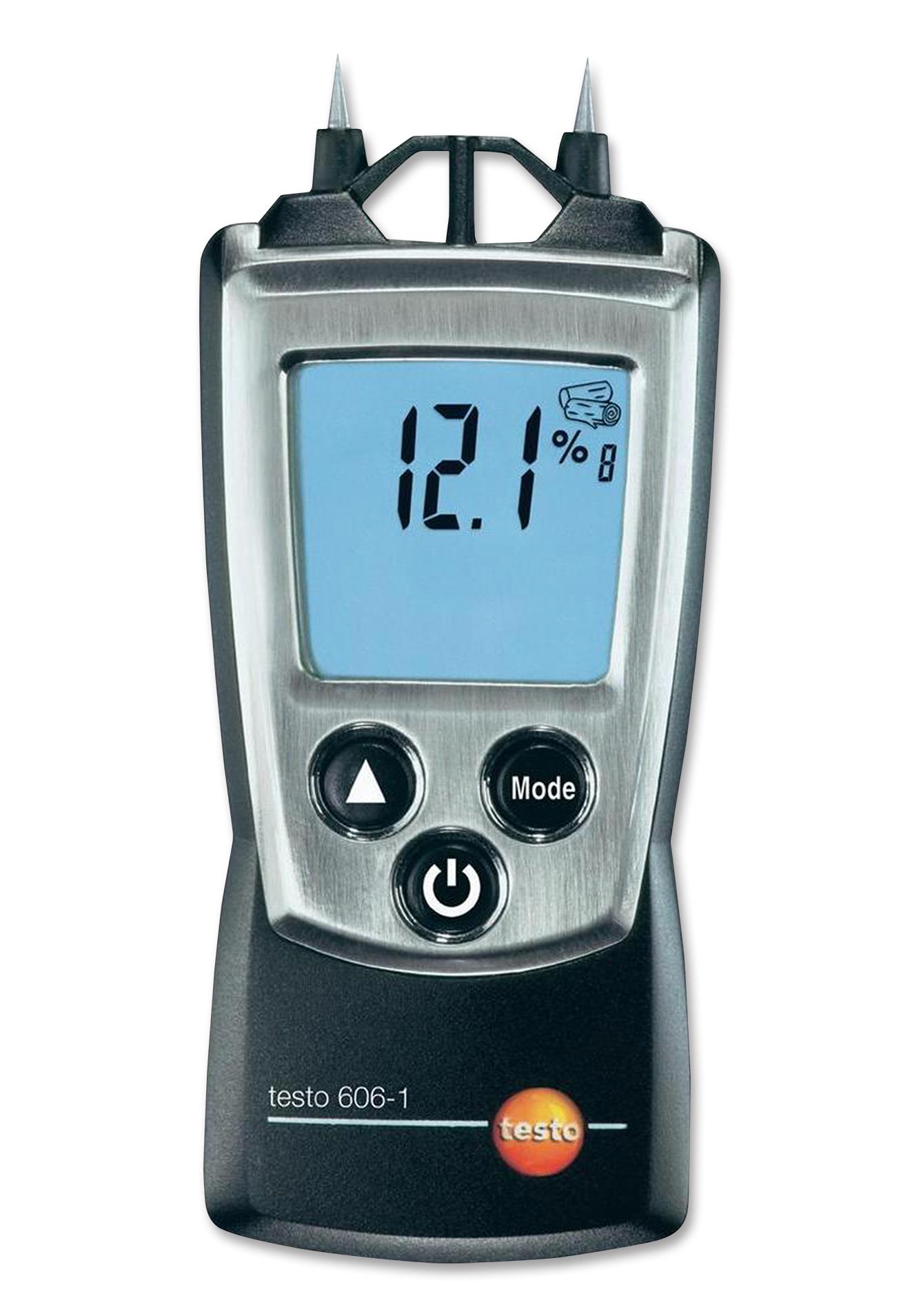How a Moisture Meter Can Help You Maintain Optimal Problems in your house or Workplace
How a Moisture Meter Can Help You Maintain Optimal Problems in your house or Workplace
Blog Article
Explore the World of Moisture Meters: Everything You Need to Know
In the world of wetness meters exists a world of accuracy and practicality that commonly goes unnoticed. Recognizing how moisture meters run, the various types offered, and their varied uses can drop light on their importance in guaranteeing top quality and efficiency.
How Moisture Meters Work
Moisture meters run by determining the electric conductivity or capacitance of products to identify the dampness content present. These meters are very useful tools throughout numerous industries, including construction, woodworking, and agriculture. By using various approaches such as pinless or pin-type innovation, wetness meters provide accurate readings that help specialists make informed decisions.
Pin-type moisture meters function by inserting the sharp pins into the product being evaluated. The electric conductivity in between the pins is then determined, with greater wetness degrees bring about raised conductivity. Moisture Meter. On the various other hand, pinless dampness meters make use of electro-magnetic signals to scan a larger area without causing any damage to the material's surface area. These meters are perfect for rapidly evaluating wetness levels in big areas or finished items.
No matter the technique used, moisture meters play an essential role in preventing concerns such as mold and mildew development, structural damage, or item problems triggered by excess dampness. Understanding exactly how these meters work is important for ensuring the high quality and integrity of products in various applications.
Sorts Of Moisture Meters
Provided the crucial duty wetness meters play in numerous markets, it is important to recognize the different kinds offered to specialists for precisely assessing dampness levels - Moisture Meter. There are largely two major types of dampness meters: pin-type and pinless dampness meters

On the other hand, pinless dampness meters use electro-magnetic sensor plates to check a larger area of the product without triggering any kind of damage. This kind appropriates for swiftly scanning large locations and is commonly utilized for floor covering, walls, and ceilings. Pinless meters are hassle-free for taking readings on completed surface areas without leaving any noticeable marks.
Both sorts of moisture meters have their advantages and are picked based on the certain needs of the job available. Recognizing the differences in between these kinds is essential see this page for specialists to make accurate moisture evaluations.
Applications Throughout Industries
Construction experts rely on dampness meters to evaluate the site web moisture levels in structure materials like concrete, drywall, and wood, which is essential for keeping structural honesty and stopping issues like rot or mold. The floor covering industry uses dampness meters to measure the wetness web content in subfloors before mounting different flooring coverings, avoiding pricey problems due to excess moisture. In the food market, dampness meters are used to keep an eye on and regulate moisture levels in products such as grains, nuts, and dried out fruits to keep freshness and high quality.
Tips for Making Use Of Moisture Meters
Use the moisture meter's calibration settings to ensure accurate analyses when gauging the dampness web content in different materials. Furthermore, make certain the meter is set to the correct dampness array for the product you are determining to obtain the most precise outcomes.
When making use of a pin-type dampness meter, insert the pins to the suitable depth advised for the product being checked. This guarantees that the moisture analyses are extracted from the right depth within the product, giving a much more precise representation of its dampness material. For pinless moisture meters, remember to keep appropriate contact with the product's surface to obtain reliable analyses.
On a regular basis check and change the batteries in your moisture meter to avoid incorrect analyses because of reduced power. When not in usage to lengthen its life-span and maintain its accuracy, Store the meter in a safe and dry place. Our site By adhering to these tips, you can take full advantage of the performance of your dampness meter and acquire accurate dampness web content measurements across different materials.
Maintenance and Calibration
To guarantee the accuracy of moisture content measurements, regular upkeep and calibration of the moisture meter are vital steps in its proper functioning. Calibration adjusts the dampness meter to make certain that it gives trustworthy and constant results.
Calibration must be carried out periodically, particularly if the moisture meter is made use of often or in critical applications where specific measurements are called for. By calibrating the dampness and maintaining meter consistently, individuals can rely on the accuracy of the wetness material measurements acquired.
Conclusion

To conclude, dampness meters play a crucial function in various markets by precisely gauging the moisture content of materials. Recognizing just how these devices work, the different kinds readily available, and correct maintenance and calibration are crucial for obtaining reputable outcomes. Whether in production, agriculture, or building, using wetness meters assists make sure high quality control and performance in procedures.

In conclusion, dampness meters play a critical duty in different markets by accurately measuring the dampness material of materials.
Report this page